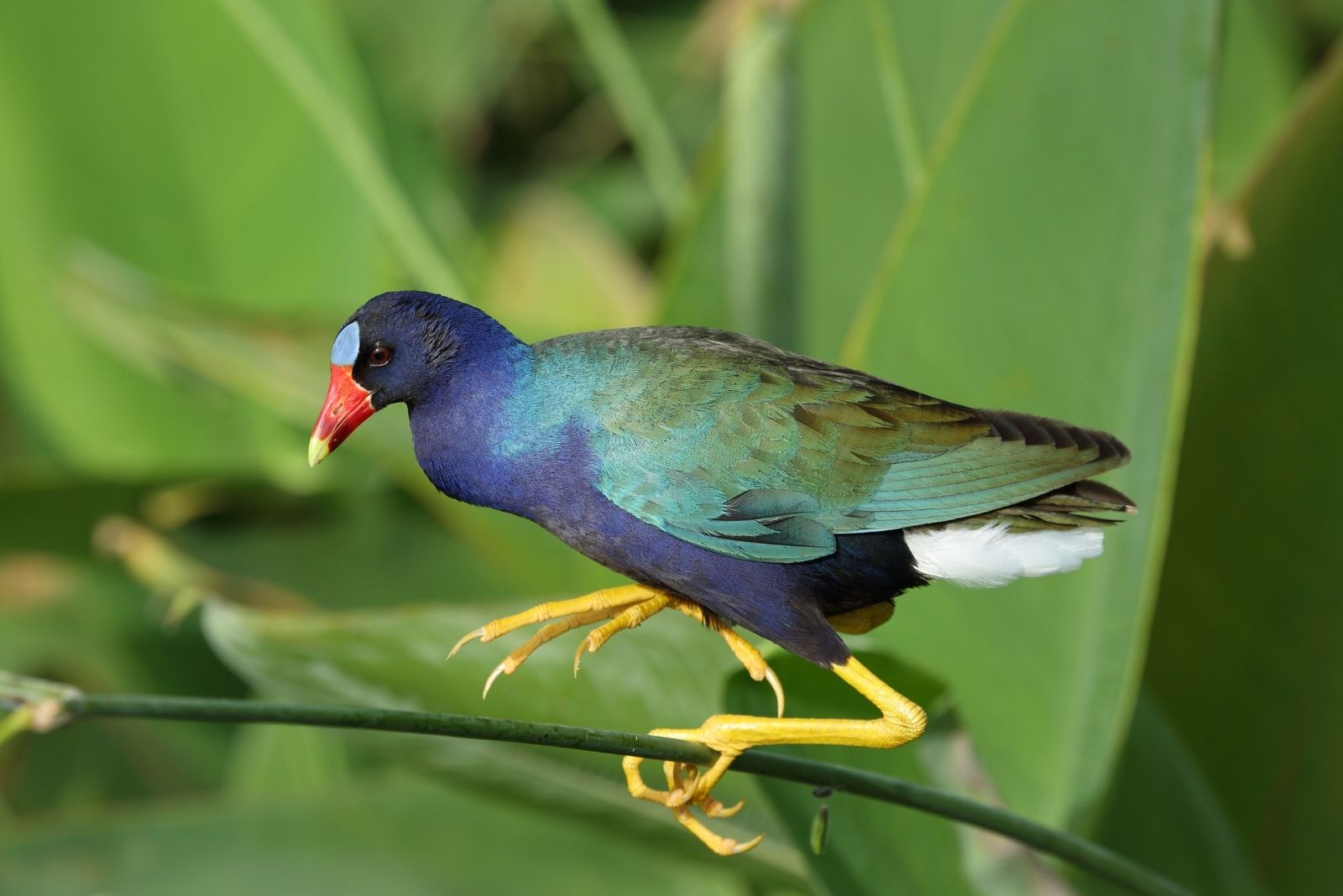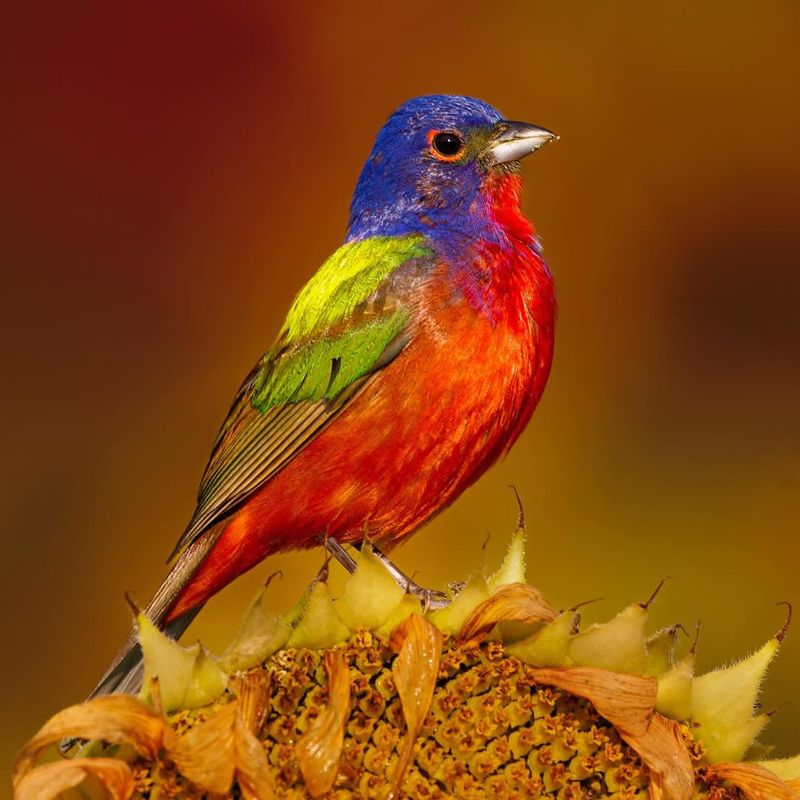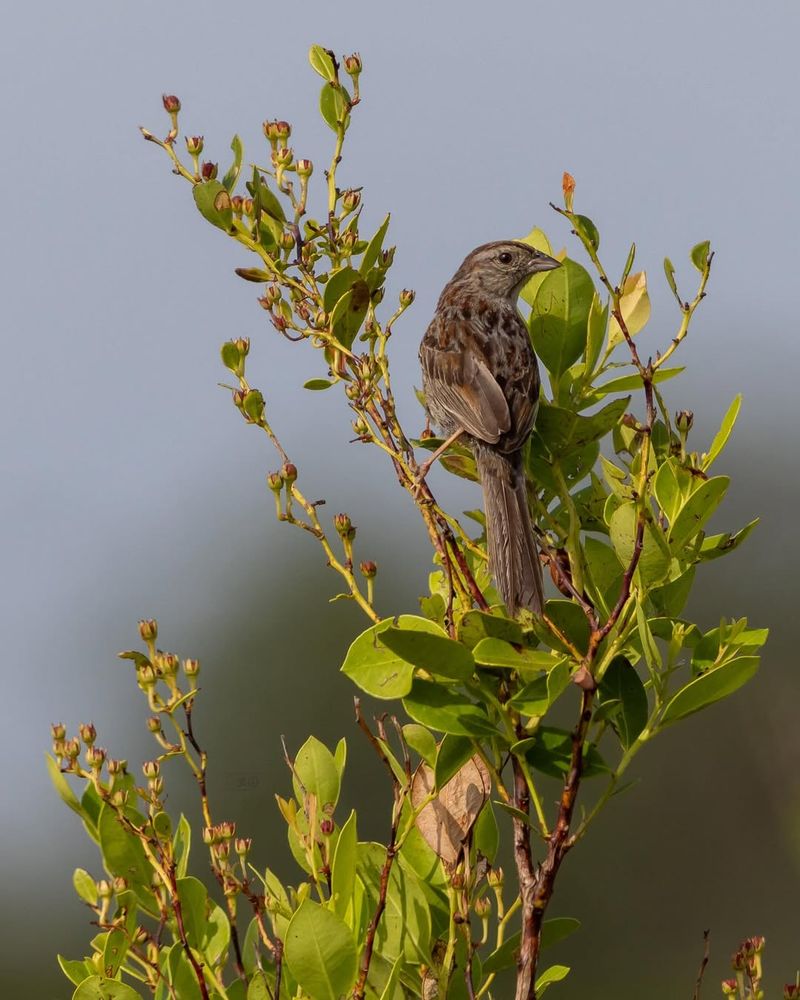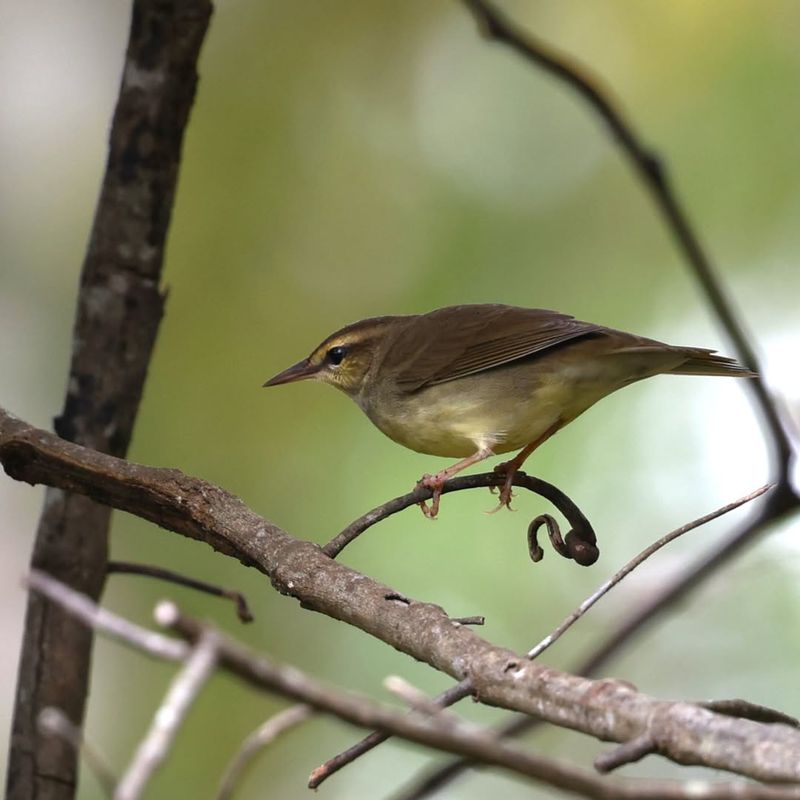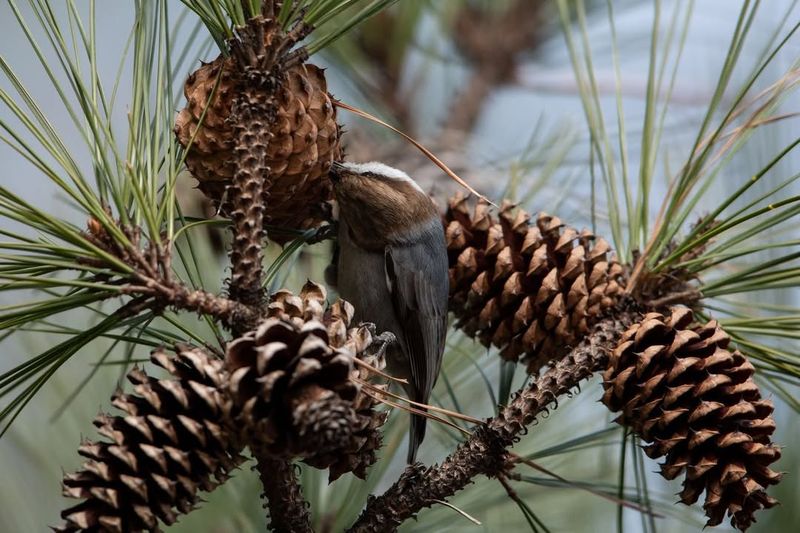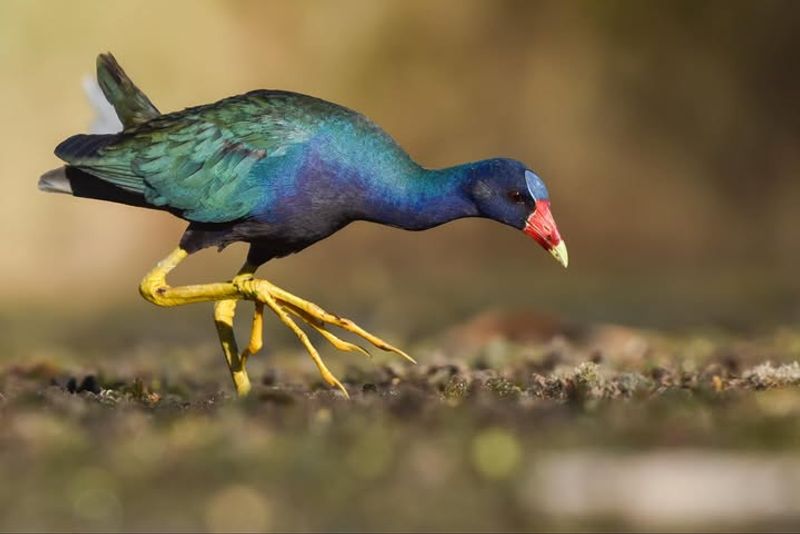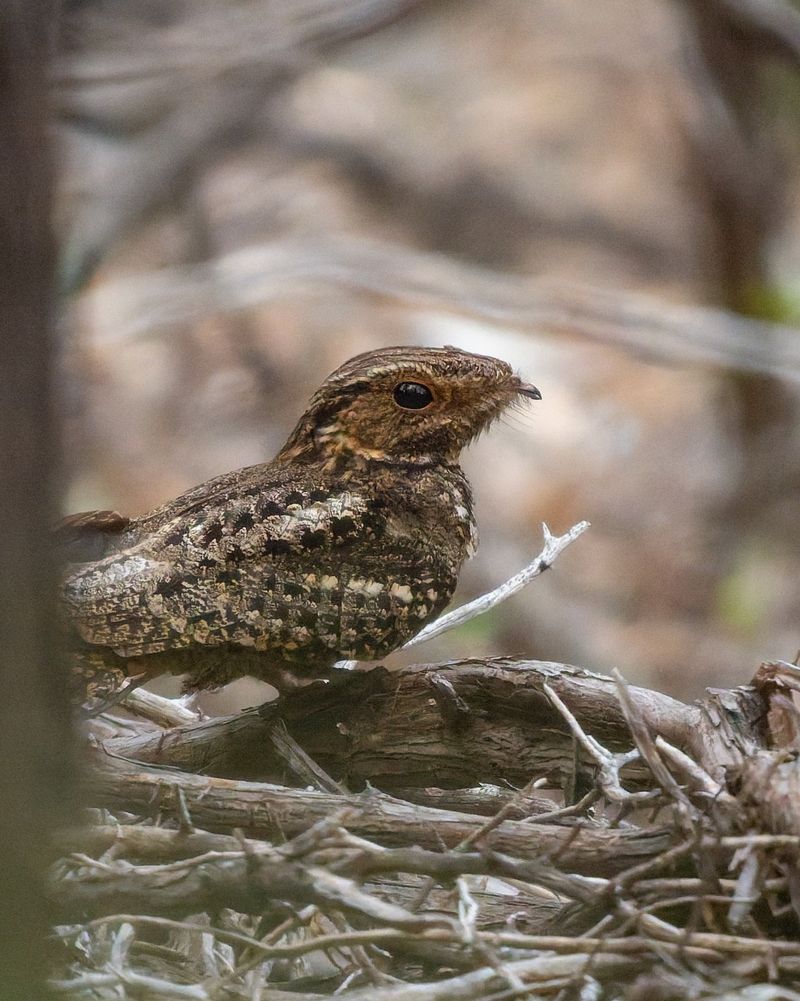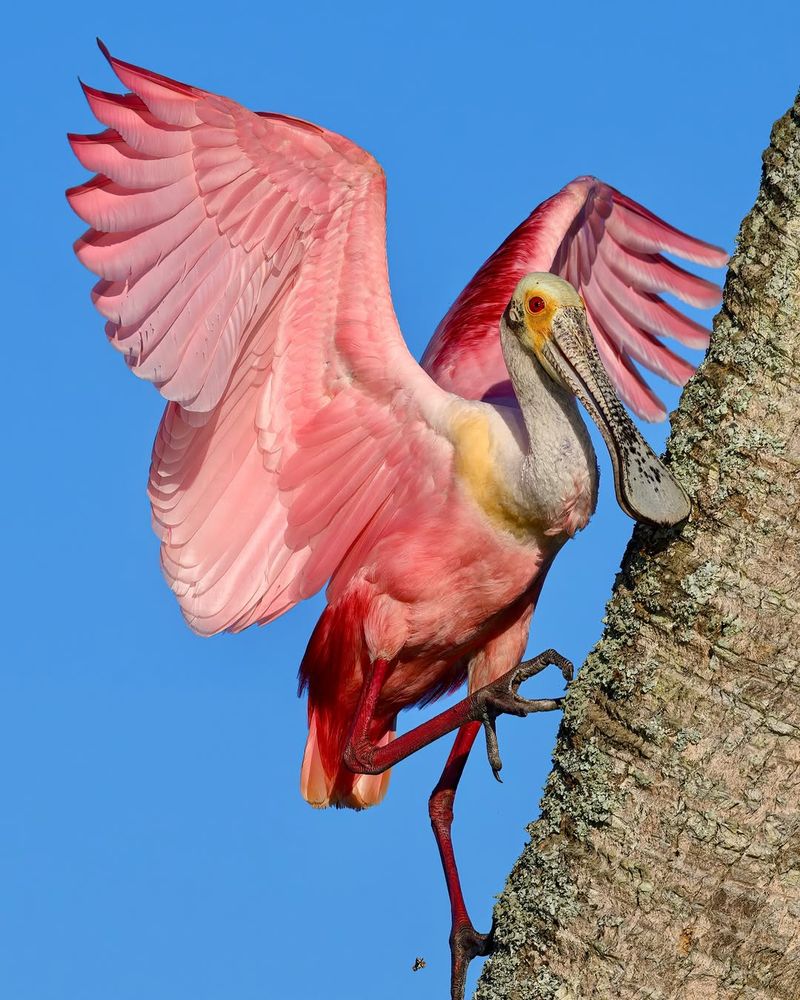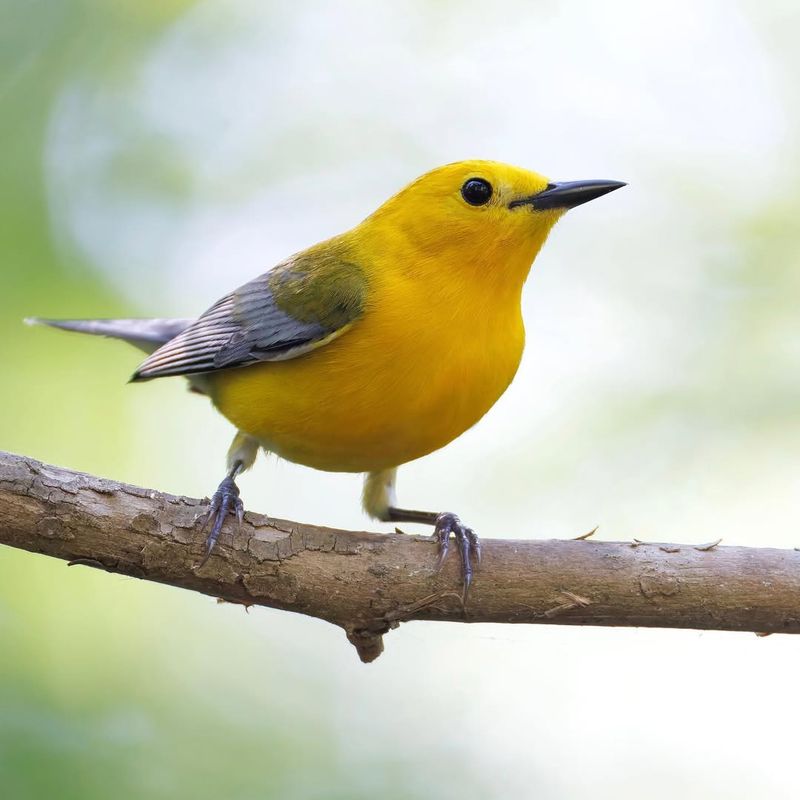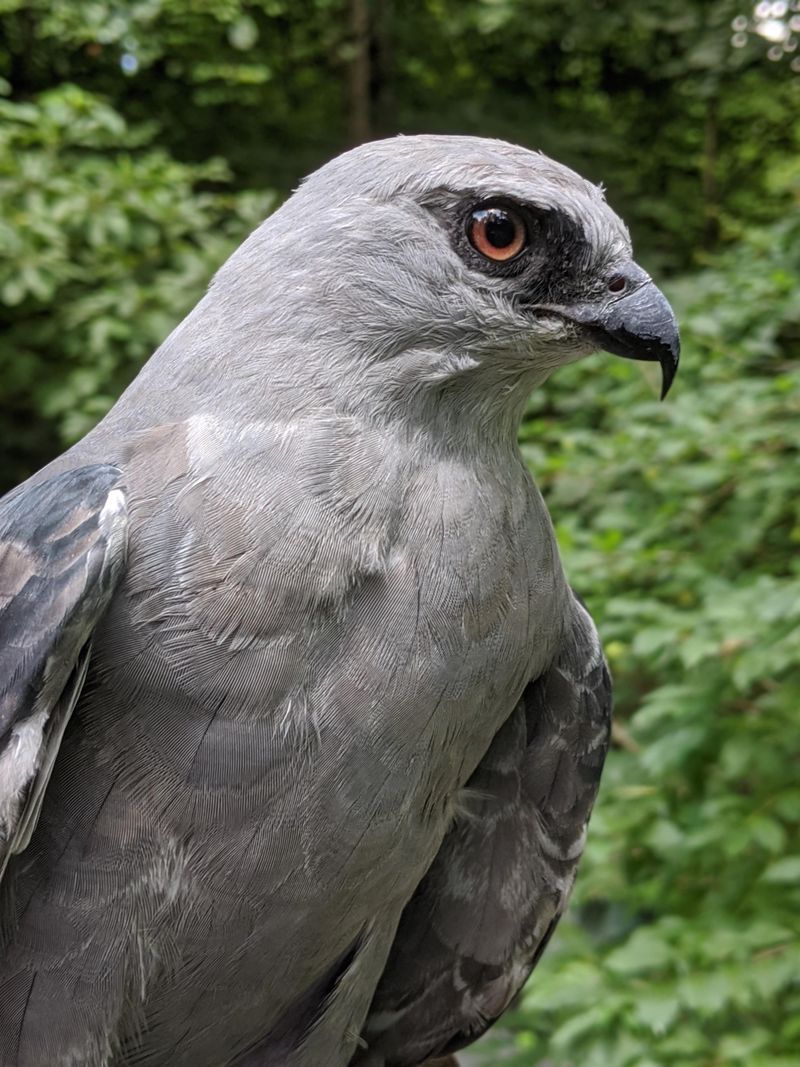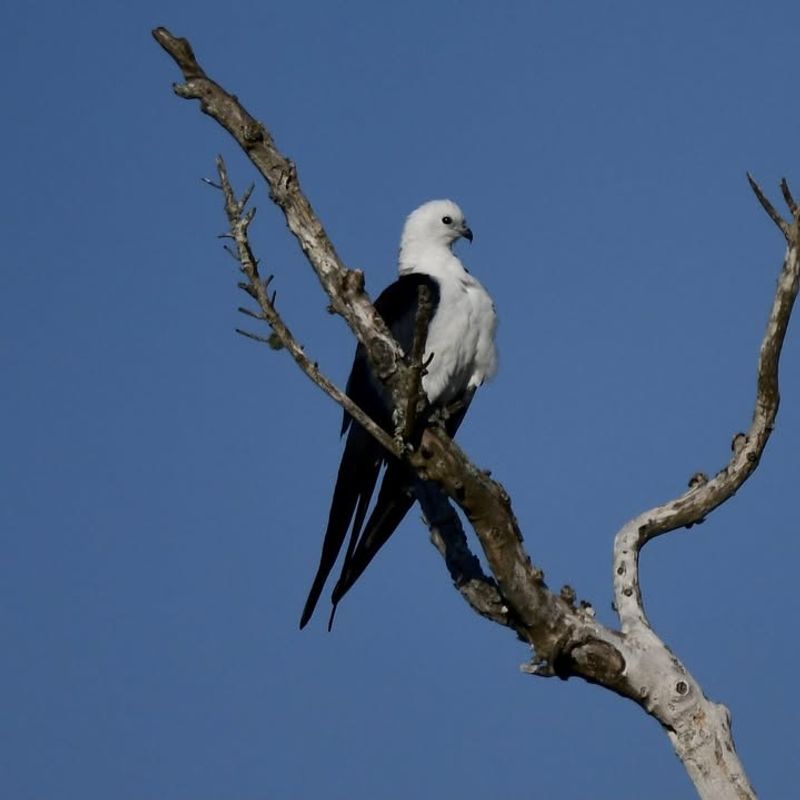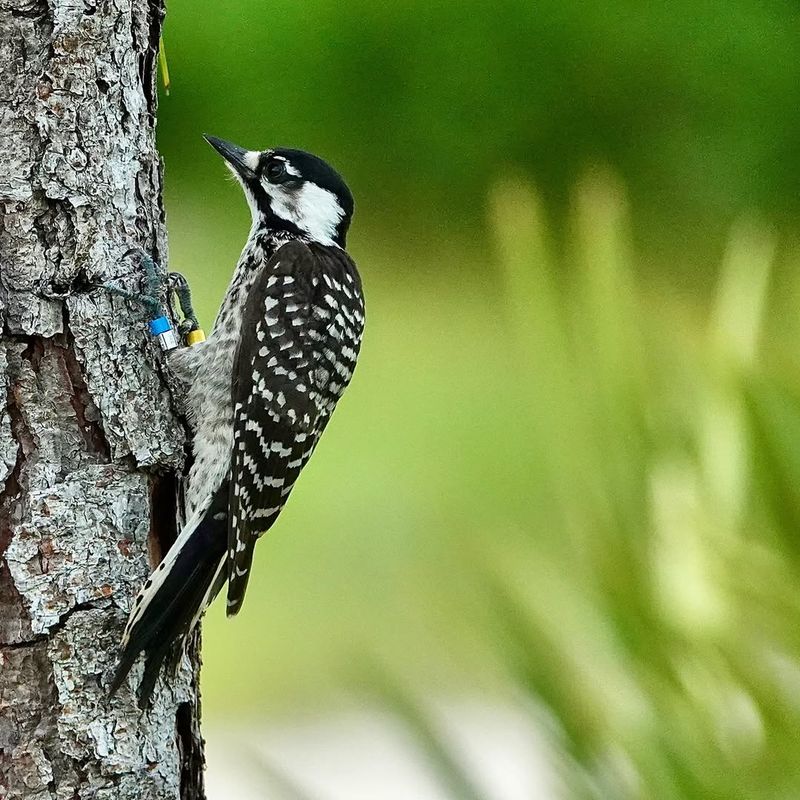Georgia gardeners know that a thriving yard attracts more than just butterflies and bees. Rare birds often visit backyards across the Southern U.S., rewarding those who plant native species and create welcoming habitats.
Birdwatching connects directly to garden health, as many species help control pests and spread seeds. For me, spotting a rare bird while tending my garden feels like nature’s little reward for patience.
1. Painted Bunting
Male Painted Buntings display brilliant blue heads, red undersides, and green backs, making them one of the most stunning visitors to Southern gardens. They prefer dense shrubs and thickets where they can forage for seeds and insects in relative privacy.
Planting native grasses and allowing seed heads to remain through late summer increases your chances of attracting them. They often visit feeders stocked with white millet during migration.
I’ve noticed these birds visit more often when I leave seed heads untrimmed through winter. Their secretive nature means patience pays off for gardeners willing to wait quietly near plantings.
2. Bachman’s Sparrow
Found primarily in longleaf pine habitats across Georgia and neighboring states, Bachman’s Sparrow thrives where groundcover remains thick and undisturbed. These small, brown-streaked birds blend seamlessly into their surroundings, making them a challenge to spot even for experienced birdwatchers.
Gardeners who maintain areas of native wiregrass and other warm-season grasses create ideal foraging zones. The birds feed on insects and seeds found near ground level.
Their melodic songs ring out during breeding season, often the first sign of their presence. Leaving portions of your property unmowed helps support their habitat needs throughout the year.
3. Swainson’s Warbler
Swainson’s Warblers prefer shaded, wet areas with dense undergrowth, often near streams or swampy sections of Southern gardens. Their plain brown plumage and secretive habits make them easy to overlook despite their loud, ringing song.
Creating layered plantings with native shrubs like spicebush and maintaining moist soil conditions attracts these elusive warblers. They spend most of their time foraging through leaf litter for insects and spiders.
Gardeners near wooded wetlands have the best chance of hosting them during breeding season. I find their presence a good indicator that my yard’s moisture levels and plant diversity are supporting a healthy ecosystem.
4. Brown-Headed Nuthatch
These tiny, acrobatic birds depend almost entirely on mature pine forests, making them a special sight in yards with older pine trees. Brown-headed Nuthatches use their short bills to pry seeds from pine cones and probe bark for hidden insects.
Gardeners who preserve dead snags and standing timber provide essential nesting sites, as these birds excavate cavities in soft, decaying wood. They also visit suet feeders during cooler months.
Their high-pitched, squeaky calls sound almost like rubber duckies, adding a playful soundtrack to any garden. Keeping mature pines and avoiding excessive tree removal supports their declining populations across the South.
5. Purple Gallinule
With electric purple plumage, bright red bills, and long yellow legs, Purple Gallinules look almost tropical as they walk across floating vegetation. They inhabit freshwater marshes, ponds, and slow-moving waterways throughout the Southern U.S., particularly during breeding season.
Gardeners with backyard ponds surrounded by emergent plants like cattails and water lilies may occasionally spot these striking birds. They feed on aquatic insects, seeds, and plant matter.
Their bold colors and unique gait make them unforgettable visitors. Maintaining healthy water features with diverse native plantings increases the likelihood of attracting them to your property during warmer months.
6. Chuck-Will’s-Widow
Named for their repetitive nighttime call, Chuck-will’s-widows are large nightjars that hunt insects on the wing after sunset. Their mottled brown plumage provides perfect camouflage against leaf litter and tree bark during daylight hours when they rest motionless.
Open woodlands with scattered trees and grassy clearings suit them best. Gardeners near forest edges often hear their calls echoing through spring and summer nights.
Reducing outdoor lighting helps these nocturnal hunters, as darkness allows them to catch moths and beetles more effectively. Their presence indicates a healthy insect population, which benefits overall garden ecology and natural pest control.
7. Roseate Spoonbill
Though more common near coastal areas, Roseate Spoonbills occasionally wander inland to freshwater wetlands across Georgia and the broader South. Their pink feathers and unusual spoon-shaped bills make them impossible to mistake for any other species.
These wading birds sweep their bills side to side through shallow water, filtering out small fish, crustaceans, and aquatic insects. Gardens near rivers, lakes, or constructed wetlands may attract wandering individuals.
Watching them feed is mesmerizing, as their specialized bills work like living sieves. Protecting and restoring wetland habitats benefits not only spoonbills but countless other species that depend on these critical ecosystems.
8. Prothonotary Warbler
Golden-yellow Prothonotary Warblers brighten swampy woodlands and riparian areas throughout the South during breeding season. Unlike most warblers, they nest in tree cavities, often using old woodpecker holes near water.
Gardeners near streams or ponds can attract them by installing nest boxes designed for cavity-nesters. They forage actively for insects among low branches and fallen logs.
Their striking color stands out beautifully against dark water and green foliage. Maintaining dead trees and snags near water features provides critical nesting habitat, and their presence suggests your garden supports diverse wildlife needs year-round.
9. Mississippi Kite
Graceful Mississippi Kites glide effortlessly over Southern neighborhoods during summer, snatching insects mid-flight with remarkable precision. These sleek raptors have gray plumage and long, pointed wings that make them excellent aerial hunters.
They often nest in tall trees within residential areas, taking advantage of abundant insect populations around gardens and parks. Cicadas, dragonflies, and grasshoppers make up much of their diet.
Gardeners who preserve mature shade trees provide essential nesting sites for these beneficial birds. Their presence helps control insect numbers naturally, and watching them hunt on warm afternoons offers a spectacular display of avian agility and coordination.
10. Swallow-Tailed Kite
Few birds match the elegance of Swallow-tailed Kites as they soar above Southern forests and wetlands. Their deeply forked tails and contrasting black-and-white plumage create a distinctive silhouette against blue skies.
These large raptors hunt on the wing, plucking insects, small reptiles, and frogs from treetops and water surfaces. Gardeners near large wooded tracts may see them during breeding season.
Their aerial displays are breathtaking, combining power and grace in equal measure. Protecting large trees and natural corridors helps support their nesting requirements, and their return each spring signals the arrival of warmer weather across Georgia and beyond.
11. Red-Cockaded Woodpecker
Red-cockaded Woodpeckers depend on mature longleaf pine ecosystems, making them one of the South’s most specialized and endangered birds. They excavate cavities exclusively in living pines affected by red heart fungus, which softens the wood.
Gardeners with large properties containing old-growth pines may occasionally host family groups. These cooperative breeders work together to maintain and defend cavity trees.
Their presence signals a healthy, functioning pine ecosystem. Supporting prescribed burns and avoiding removal of older pines helps preserve habitat for these remarkable woodpeckers, whose survival depends on conservation-minded landowners throughout Georgia and neighboring states.

